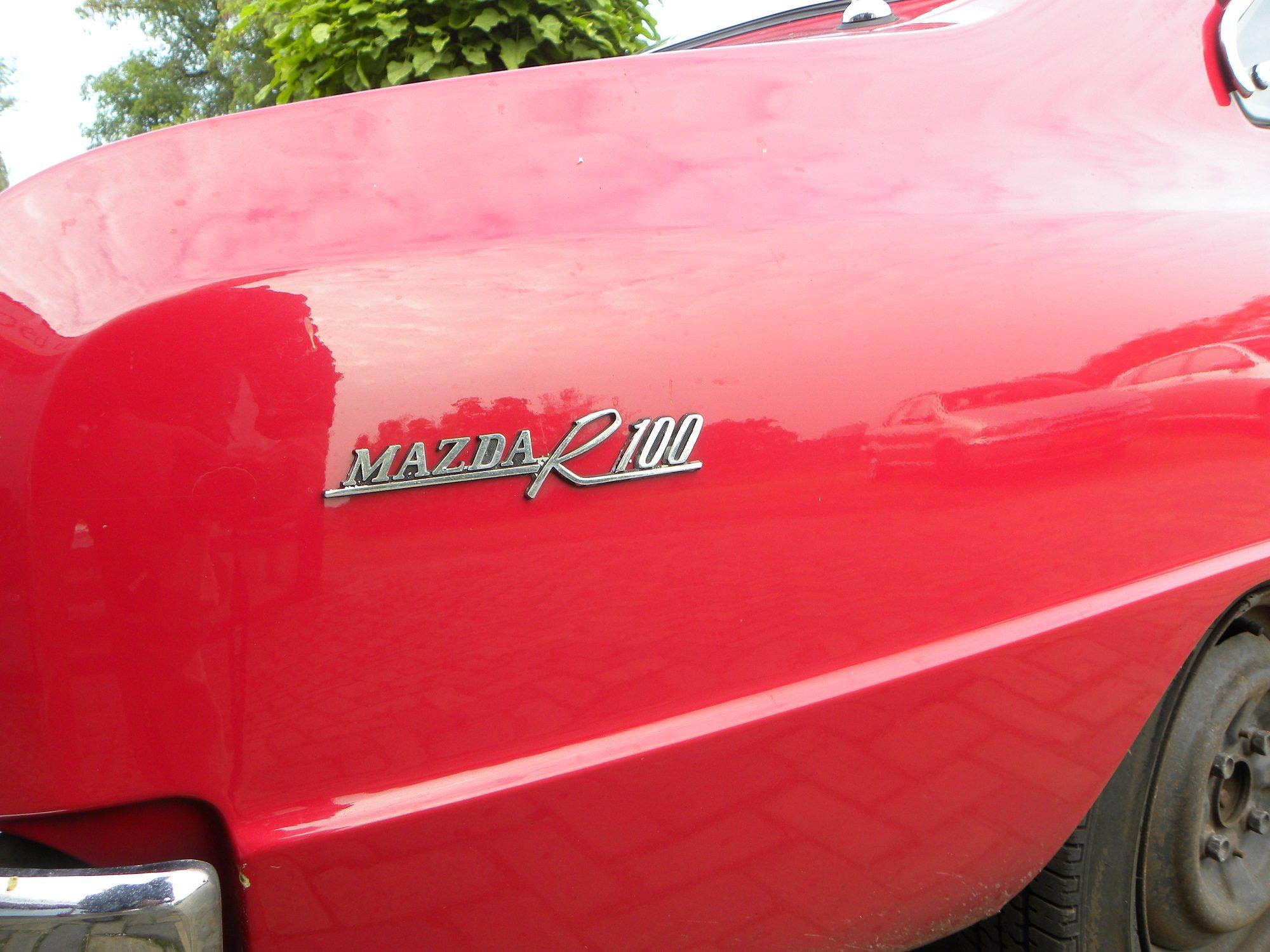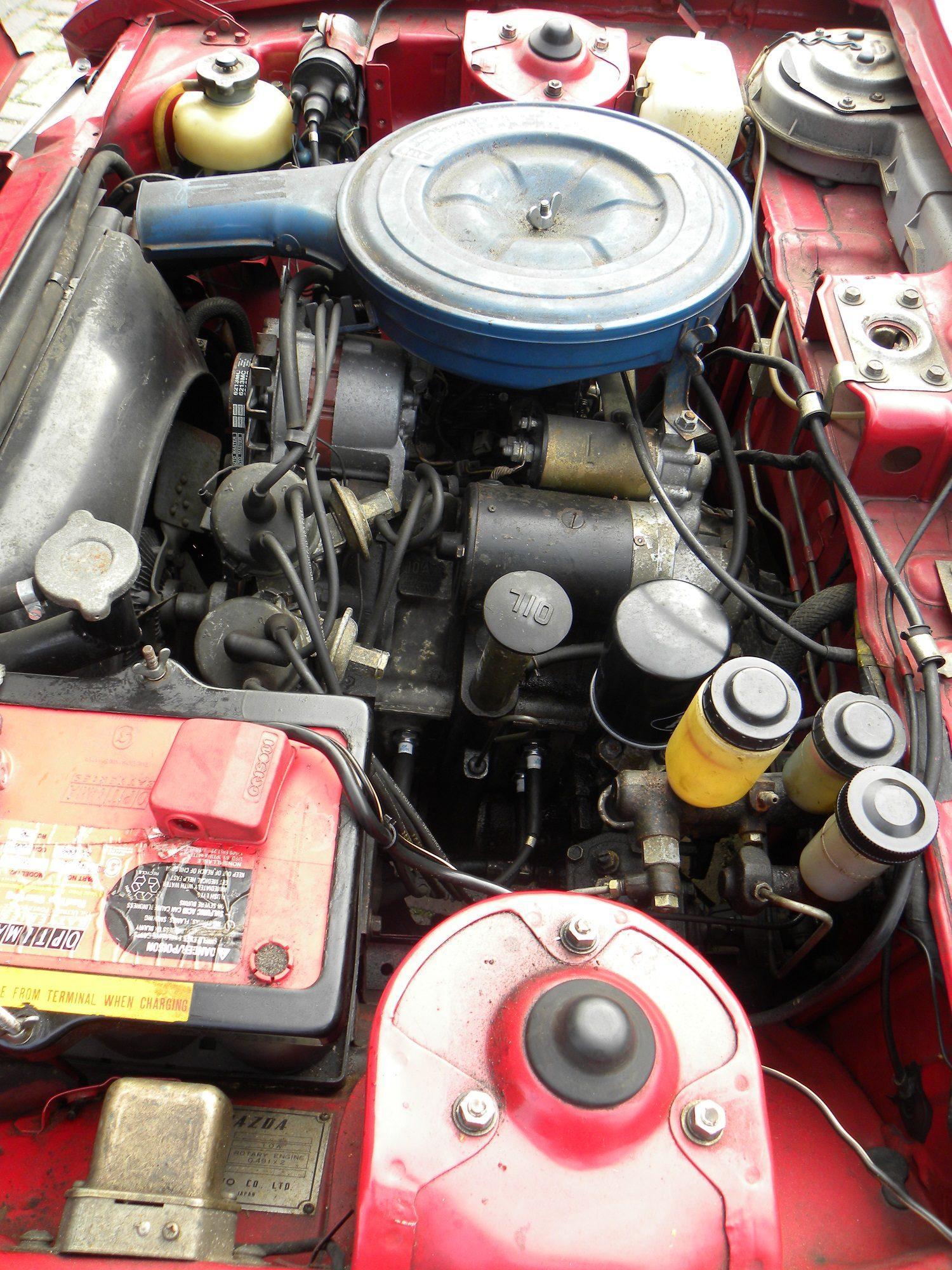The whole world was once convinced that the brainchild of Felix Heinrich Wankel (13 August 1902 - 9 October 1988), the Wankel engine, would conquer the world, would mean the end for the engines with bouncing pistons. NOT!
And in fact it has already gone wrong with the Drehkolben engine from Wankel
In his genius he was technically too complex. NSU bought the license rights and developed the case into the highly manageable Rotationskolben engine. And for convenience, it was called Wankelmotor.
The Wankel engine, so named after its manufacturer Felix Wankel, is an engine that does not work with a piston moving up and down in a cylinder and a crankshaft, but it works with a triangular rotor that rotates in a somewhat oval drum. A phase of combustion always takes place on each of the three sides of the rotor at the same time, while the gasoline-air mixture enters on one side, a combustion takes place on the second side (simply by a spark plug, where the spark plug is a rather difficult life) while on the third side the very hot exhaust gases are just flowing away in the muffler.
Simple and compact
In addition to the rotating rotor, there are actually no moving parts in the wobble block and the compact and relatively high-power source seemed ideal for use in cars and motorcycles. And lawn mowers. Moreover, such a Wankel motor runs very nicely without vibration, and that was - certainly in those days when balance shafts were not yet commonplace - a big plus. In short, the Wankel engine would be a resounding success. Yet?
Every advantage ...
But it was not all sunshine and happiness, because - certainly the early - Wankel engines also had serious disadvantages. The fuel consumption was high and, moreover, the engine ran on mixed lubrication (like a two-stroke), so the oil consumption was also serious. There were also problems in the field of materials: the seals on the corners of the rotor caused problems. In addition, with a Wankel engine, relatively much combustion heat is delivered to the engine block, which therefore had to be properly cooled.
That heat, incidentally, was the reason there was once an experimental one Citroën M35 went up in flames. The experimental 'hydraulique' was parked on a dry grass field after a ride. Entirely by its nature the Citroën by squatting. The hot exhaust manifold set fire to the dry grass ...
Yet it was believed
But there were a considerable number of manufacturers (there were more than 30) who also became licensees of the wonder bike. That happened in both the car and motorcycle world.
NSU was the first to launch a car with it in 1964 and their Ro80 would later become an icon. Mercedes and Citroën did a lot of development work, but in the end it was only Mazda that actually continued and until 2012 still delivered a car with a shaky engine. The wankel engine seemed to get many followers in the motorcycle world. In 1974 Hercules came out with the W2000, a compact, light shaky motorcycle. Such an 1800 was made of it.
In the course of the 1970s, the disadvantages of the wankel engine turned out to be greater than the advantages. The Suzuki RE 5 was about the downfall of Suzuki. Only the English Norton seemed too stubborn to throw in the towel quickly. Thanks to Hercules / DKW, they stepped into the shaky world when all other brands had dropped out, and in 1983 they released their fully subsidized Commander. That was also a seperate.






A very logical principle.
I think I have ever read that Rolls Royce has done research on a shaky diesel?
True, this consisted of a small and a larger rotor, with the smaller one providing pressure filling.
I can also remember that someone with a Wankel engine did drag racing, then still big names on the Philips Airstrip in Drachten. Must have been in the early 80's or late 70's, Henk Vink (2 to 3 times Kawasaki in a row) was still fully involved, Rob Janssen (Benelli Sei), Herman Jolink with (750 cc Ducati “round cart”) and not to forget Brian Chapman with his Mighty Mouse (Vincent 1-cylinder block 500 cc, blower on it and (I believe) a lot of Nortorn-Manx stuff in it).
Someone was getting better with Wankelblokken then and took out such a block in a few matches which normally took much longer; he had resolved most of the errors by now and he could also overhaul them, while such a devoured block was often thrown away… would not be possible. Unfortunately I don't remember his name ...
That drag racer back then was Peter Zulver. Ever seen in Vlissingen during a sprint on the eighth mile. The only thing that stayed with me was a big bang and then a deafening silence …… .. Too bad, it was an interesting development.
The part of the burned parked auro was told to me (a long time ago) because of a first generation Porsche 911 Turbo that was parked in the long dry grass after a quick fahrt. Truth content ?. Wir haben es nie wished
Shark shark. Have we not had the Van Veen with PrDr Wankel engine in our own tubers country? Should not be missing of course😎
That is such a class of its own. That deserves its own story. But if you sit down, you can of course write about this find all over the internet. By the way, we saw a Mazda Cosmo Eunos for the first time this week. That is very impressive!
Hi, I do agree with Rjab that the van Veen Wankel with in my eyes very beautiful design by Jos Schurgers should be mentioned here. Naturally, a separate consideration of this is extremely welcome.
Dear Tub and other interested parties in the Wankel technique, the background of the Van Veen OCR1000 as well as the OCR Sprinter of Peter Zulver can be found on the kreidlerdatabase.nl of Louis Doerr, go to PERSONEN and further via employees Van Veen NL and VV Germany Duderstadt , according to the development team in A'dam with project leader Jim Klusowski and employees Jaap Voskamp, Jos Schurgers, Rinus Boerstra, Friso Schuerhoff and Harald Westenberger, there is also one thing at the sites mentioned. about the OCR Sprinter I + II by Peter Zulver with co. Jaap, Jos, Rinus and myself.
The Smit bros on Texel also have a nice collection of shaky motorcycles and other shaky-powered devices in their museum.
An M35 does indeed have spring bulbs, so an M35 can also sink through its hooves. I have a nice archive about the Wankel engine and I have never come across the story of a M35 that went up in flames, which of course does not mean that it never happened. The Birotor GS is of course a GS Birotor, but Mazda MX jes with a Wankel engine? I think you mean the RX series. There has been an experimental series for test work with a hydrogen-Wankel engine in the MX-5, but those were not for sale, but purely for test work. At Mazda, the Wankel engine has unfortunately also been in the fridge for some years, although all Wankel fanatics around the world hope for a return of the Wankel engine, and then of course as a drive and not as a range extender.
You are right Jaap: Mazda RX (with the R of Rotation).
Vwb HP on the M35; I dare to dispute that, but a person can be mistaken ..
An M35 was an Ami with shaky single sheaves… and an Ami has no HP and therefore cannot fail Dolf ..
In addition to the M35 attempted Citroën it also with a Birotor GS, and that is a hydraulique..the predecessor of the BX.
Mazda is currently the only one that holds its ground when it comes to shaking; the MX jes are proof that a rotary engine works.
Hello Pascal. Then I let the wrong one burn. Thanks!
An ami has no hp indeed, but an M 35 does.